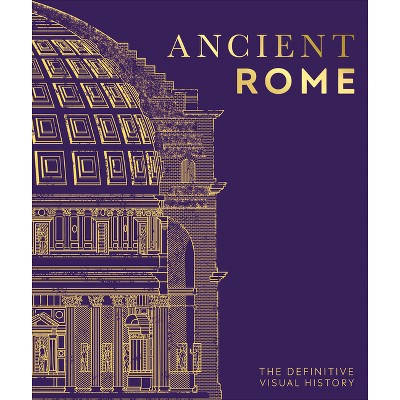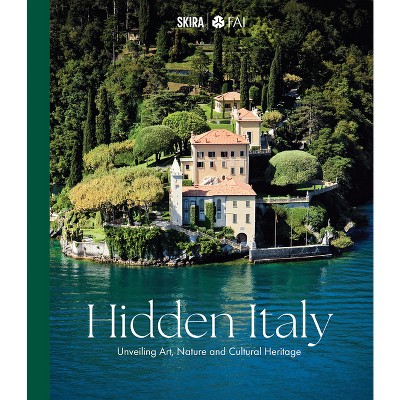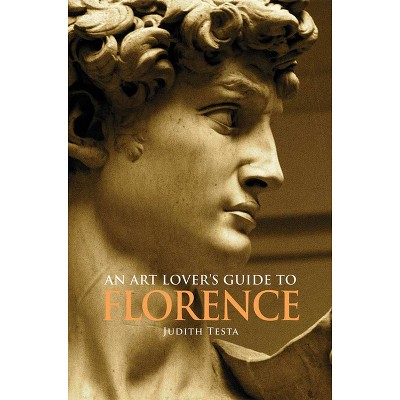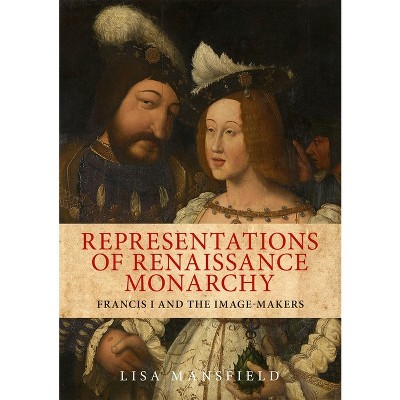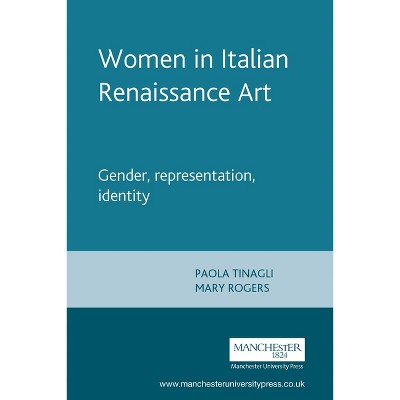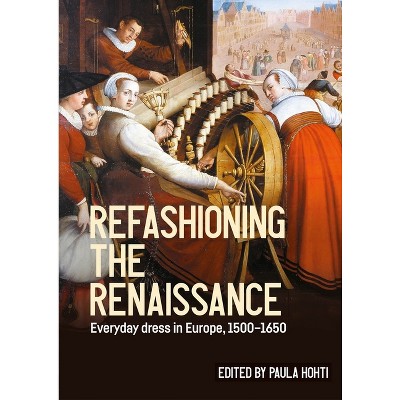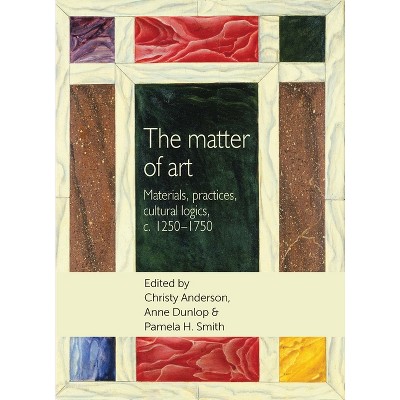Sponsored

Renaissance Skin - by Evelyn Welch (Paperback)
In Stock
Sponsored
About this item
Highlights
- A magnificently illustrated study of skin in Renaissance Europe.
- About the Author: Evelyn Welch is Professor of Renaissance Studies at the University of Bristol.
- 400 Pages
- Art, History
Description
About the Book
This book is the definitive study of how skin was debated, understood and misunderstood in Europe between 1500 and 1700. It is based on deep historical research and includes hundreds of colour images from the period.Book Synopsis
A magnificently illustrated study of skin in Renaissance Europe.
People in the Renaissance saw skin differently from how we do today. The Europe of 1500 to 1700 was a world of humours, and skin - the clothing of the body - was thought to be dangerously porous. In this landmark book, Evelyn Welch explores Renaissance skin as a bodily surface, as physical matter and as a generator of new knowledge. Ranging across anatomy, surgery and sausage making, she reveals how skin was managed by physicians as well as by glovemakers, butchers and parchment makers. How did people protect their health in a changing global environment, one where the air itself could be pathogenic? How did they see their bodies in a world where there was suddenly a multiplicity of skin colours and decorations? Addressing these questions and more, Welch show us what happens when you see skin differently, either in the marketplace, where men and women from far-away lands were put on display, or under the microscope. In doing so, she reveals that the past had a distinctive and very different way of understanding bodily experiences.From the Back Cover
People in the Renaissance saw skin differently from how we do today. The Europe of 1500 to 1700 was a world of humours, and skin - the clothing of the body - was thought to be dangerously porous.
In this landmark book, Evelyn Welch explores Renaissance skin as a bodily surface, as physical matter and as a generator of new knowledge. Ranging across anatomy, surgery and sausage making, she reveals how skin was managed by physicians as well as by glovemakers, butchers and parchment makers. How did people protect their health in a changing global environment, one where the air itself could be pathogenic? How did they see their bodies in a world where there was suddenly a multiplicity of skin colours and decorations? Addressing these questions and more, Welch show us what happens when you see skin differently, either in the marketplace, where men and women from far-away lands were put on display, or under the microscope. In doing so, she reveals that the past had a distinctive and very different way of understanding bodily experiences.Review Quotes
From the winner of the 2006 Wolfson History Prize.
"This richly detailed and beautifully illustrated book examines and analyses the topic of 'Renaissance Skin', defined in the broadest terms. This marvellous book is not only a fascinating read but also makes important contributions to the history of the body, art history, cultural history, the history of medicine, the history of craft and artisanal knowledge, and much more." - Elaine Leong, UCL
About the Author
Evelyn Welch is Professor of Renaissance Studies at the University of Bristol. Her book Shopping in the Renaissance: Consumer Cultures in Italy, 1400-1600 was a winner of the 2006 Wolfson History Prize. Her other publications include Making and Marketing Medicine in Renaissance Florence (2011) and Fashioning the Early Modern: Dress, Textiles and Innovation in Europe, 1500-1800 (2017).